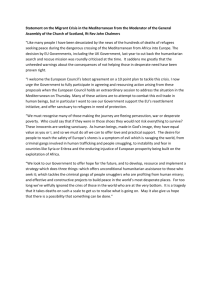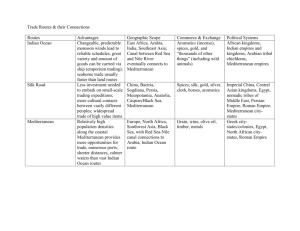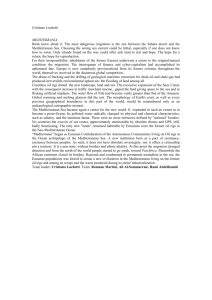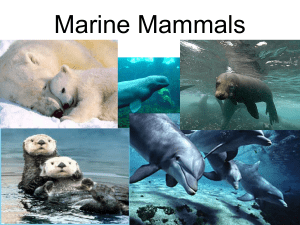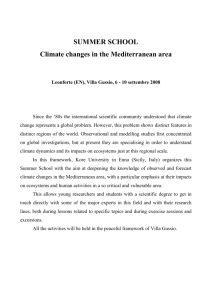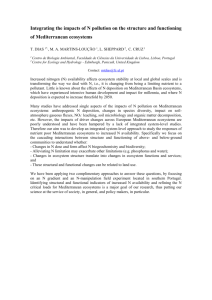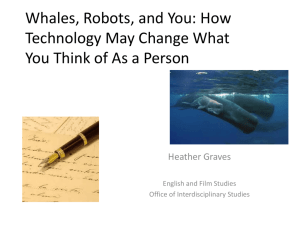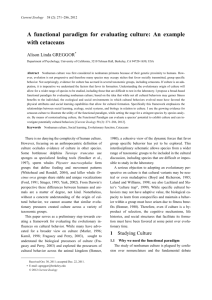Abstract
advertisement
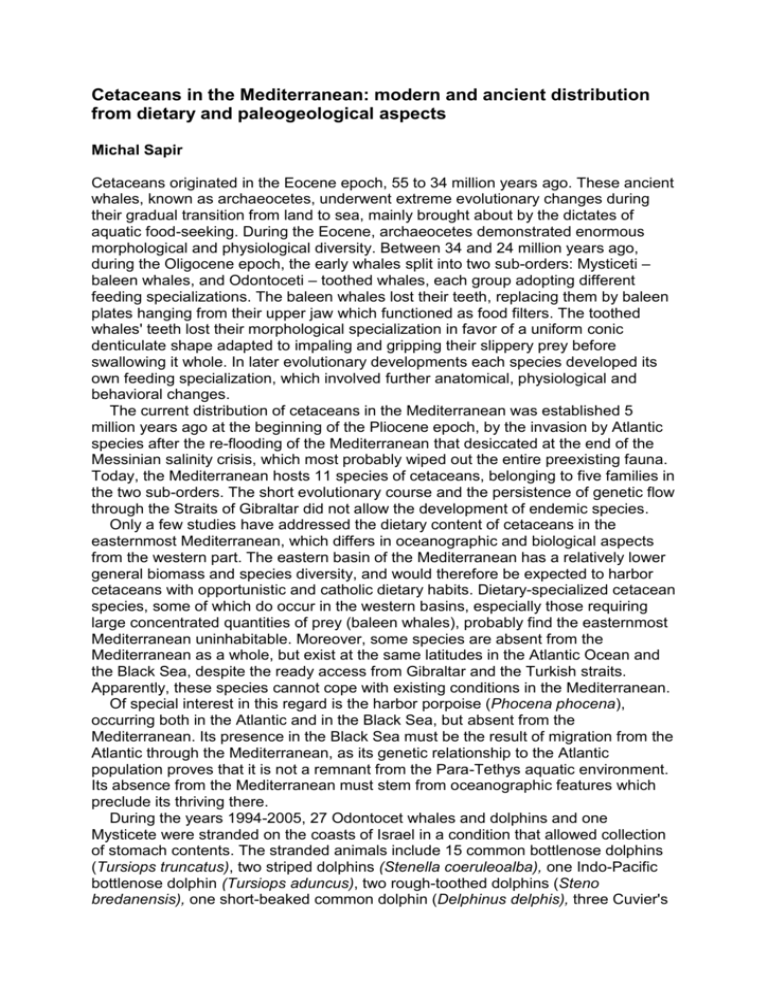
Cetaceans in the Mediterranean: modern and ancient distribution from dietary and paleogeological aspects Michal Sapir Cetaceans originated in the Eocene epoch, 55 to 34 million years ago. These ancient whales, known as archaeocetes, underwent extreme evolutionary changes during their gradual transition from land to sea, mainly brought about by the dictates of aquatic food-seeking. During the Eocene, archaeocetes demonstrated enormous morphological and physiological diversity. Between 34 and 24 million years ago, during the Oligocene epoch, the early whales split into two sub-orders: Mysticeti – baleen whales, and Odontoceti – toothed whales, each group adopting different feeding specializations. The baleen whales lost their teeth, replacing them by baleen plates hanging from their upper jaw which functioned as food filters. The toothed whales' teeth lost their morphological specialization in favor of a uniform conic denticulate shape adapted to impaling and gripping their slippery prey before swallowing it whole. In later evolutionary developments each species developed its own feeding specialization, which involved further anatomical, physiological and behavioral changes. The current distribution of cetaceans in the Mediterranean was established 5 million years ago at the beginning of the Pliocene epoch, by the invasion by Atlantic species after the re-flooding of the Mediterranean that desiccated at the end of the Messinian salinity crisis, which most probably wiped out the entire preexisting fauna. Today, the Mediterranean hosts 11 species of cetaceans, belonging to five families in the two sub-orders. The short evolutionary course and the persistence of genetic flow through the Straits of Gibraltar did not allow the development of endemic species. Only a few studies have addressed the dietary content of cetaceans in the easternmost Mediterranean, which differs in oceanographic and biological aspects from the western part. The eastern basin of the Mediterranean has a relatively lower general biomass and species diversity, and would therefore be expected to harbor cetaceans with opportunistic and catholic dietary habits. Dietary-specialized cetacean species, some of which do occur in the western basins, especially those requiring large concentrated quantities of prey (baleen whales), probably find the easternmost Mediterranean uninhabitable. Moreover, some species are absent from the Mediterranean as a whole, but exist at the same latitudes in the Atlantic Ocean and the Black Sea, despite the ready access from Gibraltar and the Turkish straits. Apparently, these species cannot cope with existing conditions in the Mediterranean. Of special interest in this regard is the harbor porpoise (Phocena phocena), occurring both in the Atlantic and in the Black Sea, but absent from the Mediterranean. Its presence in the Black Sea must be the result of migration from the Atlantic through the Mediterranean, as its genetic relationship to the Atlantic population proves that it is not a remnant from the Para-Tethys aquatic environment. Its absence from the Mediterranean must stem from oceanographic features which preclude its thriving there. During the years 1994-2005, 27 Odontocet whales and dolphins and one Mysticete were stranded on the coasts of Israel in a condition that allowed collection of stomach contents. The stranded animals include 15 common bottlenose dolphins (Tursiops truncatus), two striped dolphins (Stenella coeruleoalba), one Indo-Pacific bottlenose dolphin (Tursiops aduncus), two rough-toothed dolphins (Steno bredanensis), one short-beaked common dolphin (Delphinus delphis), three Cuvier's beaked whale (Ziphius cavirostris), two Risso’s dolphin (Grampus griseus), and one minke whale (Balaenoptera acutorostrata). The stomach contents of these cetaceans have been collected and examined. Specimens from 20 fish families, six cephalopod and unidentified crustacean species were represented. Fish families, in decreasing order of occurrence, were Solidae (in seven stomach contents), Sparidae, Ophidiidae Scombridae (three contents each) and Atherinidae, Ophichthidae and Serranidae (two contents each). The commonest cephalopode families were Histioteuthidae (four contents), Sepiidae (three contents) and Thysanoteuthidae (two contents). Reflecting the oligotrophic nature of the easternmost Mediterranean, it has been shown in this research that cetacean species living in this area are indeed catholic and opportunistic in their diet, and tailor it according to the inventory of their habitat. Thus, we found that the local species feed on prey different from that of the same species in other parts of the world. Supervisors: Dr. Dan Kerem and Prof. Yossi Mart



